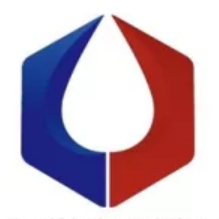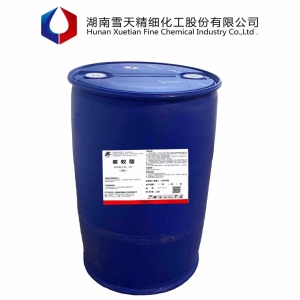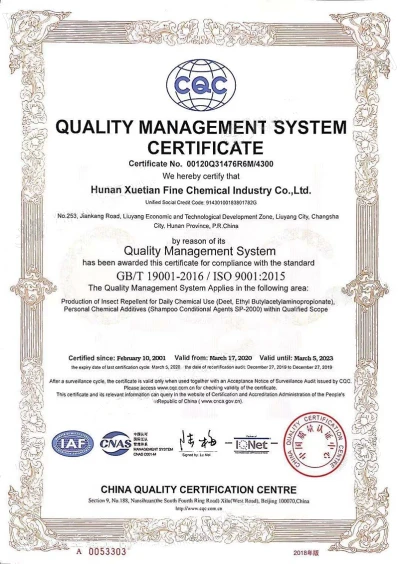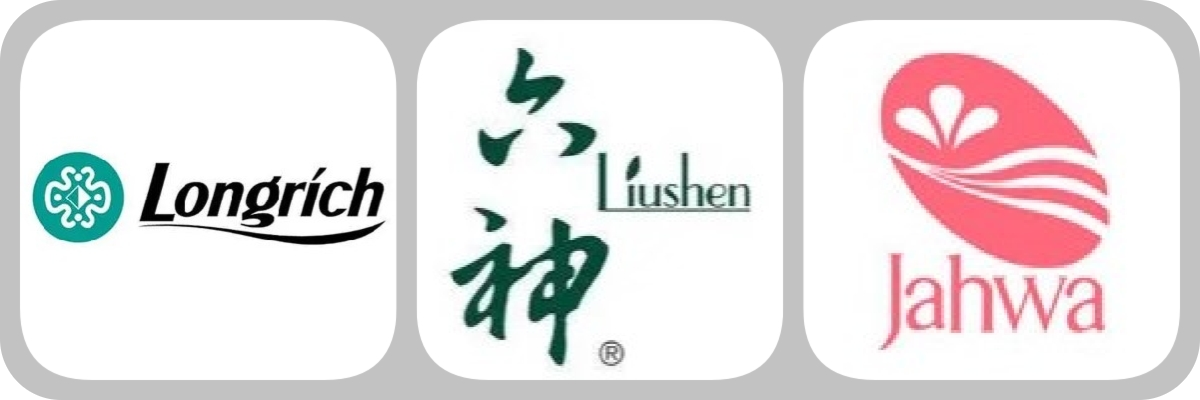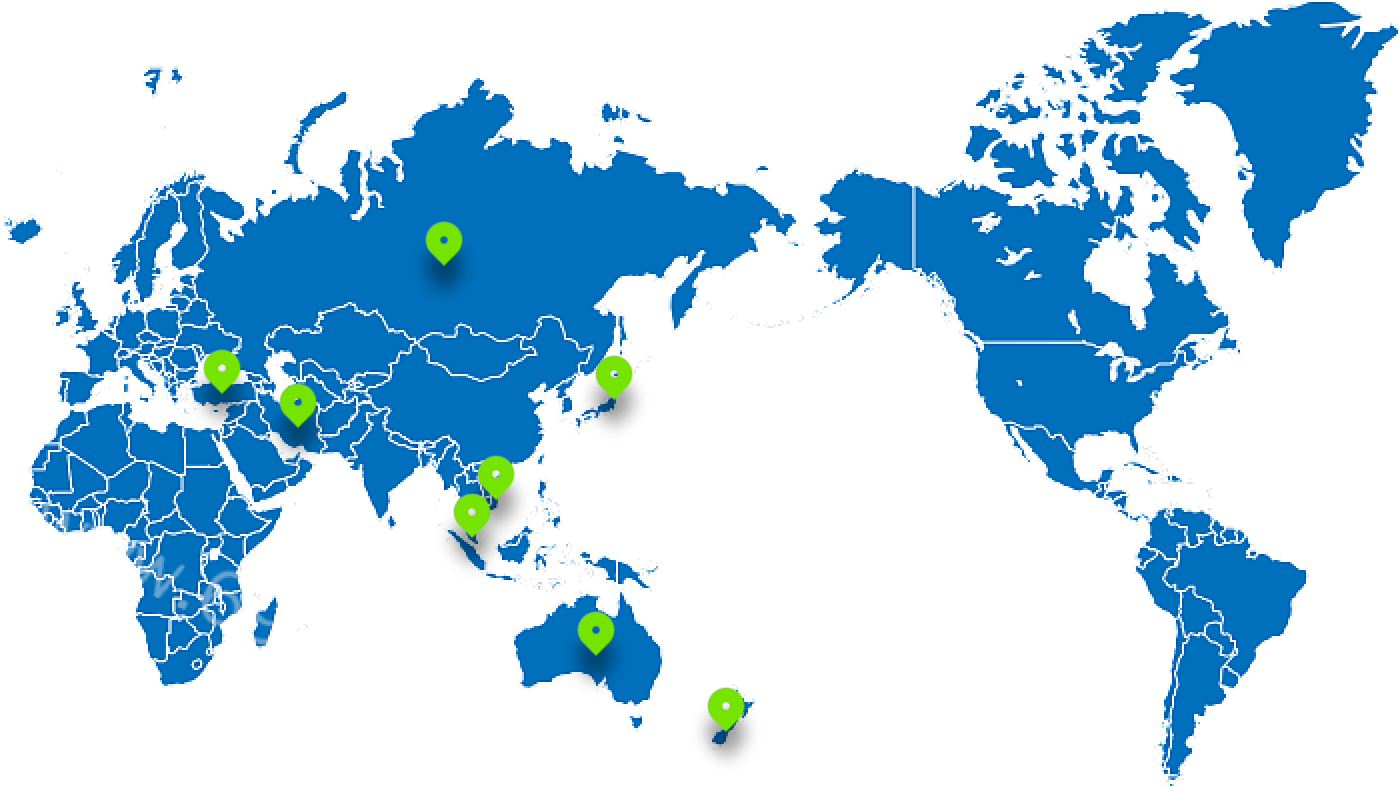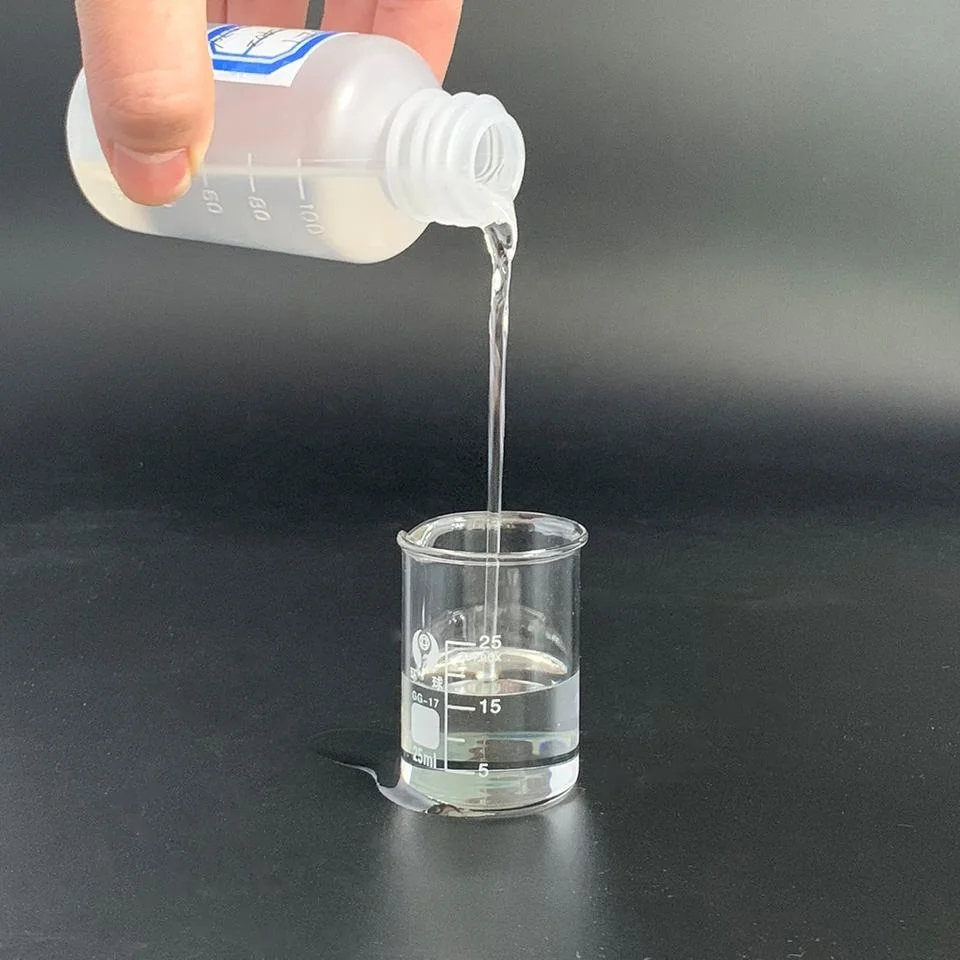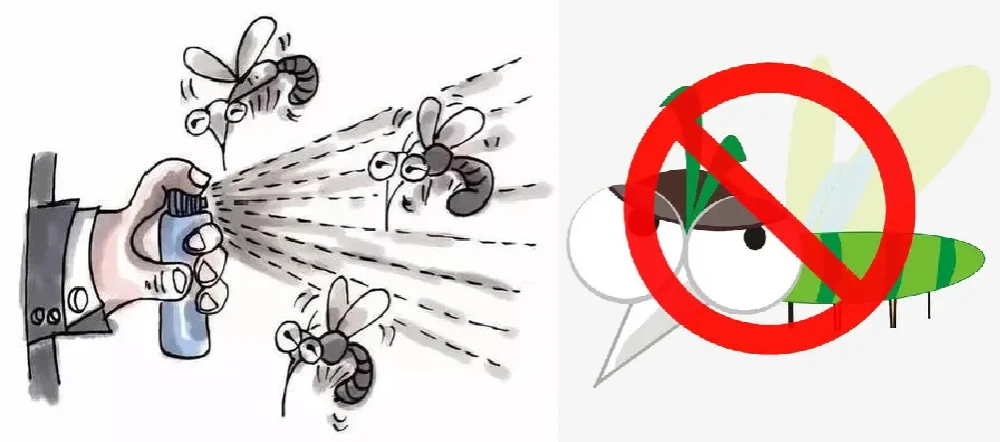Profile of Deet / N, N-Diethyl-M-Toluamide CAS 134-62-3
English Name: Deet
Molecular Formula: C12H17NO
Molecular Star: 191.3
CAS No.: 134-62-3
Chemical Name: N, N-diethylm-methylbenzoamide
Alias: N, N-Diethyl-Meta-Toluamide; N, N-Diethyl-M-Toluamide; Detamide
Registration Certificate No.: WP20080521
Product Permit No.: HNP43064-1178
Specifications of Deet / N, N-Diethyl-M-Toluamide CAS 134-62-3
Project Name | Index |
Appearance | Light yellow transparent liquid |
Content | ≥98.5% (gas chromatography, GC) |
Refractive Index |  1.5200-1.5235 1.5200-1.5235
|
Acidity | ≤0.1% |
Boiling Point | 111 ° C / 133.322 Pa |
Unsolvable in Acetic Acid | ≤0.5% |
Moisture | ≤0.5% |
Introduction of Xuetian Fine Chemical
Hunan Xuetian Fine Chemical Industry Co., Ltd. is a designated manufacturer of mosquito repellent and preparations. It obtains both pesticide registration certificate and the production license in deet, insect repellent-baape and mosquito repellent spray liquid. The main products of our company include: Deet, insect repellent-BAAPE, mosquito repellent preparation, L-menthyl lactate, amino acid surfactant, salt anti-coagulant, industrial adjuvants, etc. The company has passed the ISO9001 quality system certification of the latest standards.

Certificate of Xuetian Fine Chemical

Famous Cooperative Brands of Xuetian Fine Chemical

Distribution of Xuetian Fine Chemical's International Customers
Our international customers are mainly distributed in Russia, Japan, Australia, New Zealand, Singapore, Vietnam, Turkey, Iran, etc.

Mosquito Repellent Deet / N, N-Diethyl-M-Toluamide CAS 134-62-3
Deet, chemical name N, N-diethyl m-toluamide, is a kind of excellent broad-spectrum mosquito repellent recognized in the world and recommended by WHO. It used to be called DEET or DETA abroad.
DEET is a broad-spectrum insect repellent, which can repel a variety of human-biting insects in various environments, including stinging flies, midges, black flies, chigger mites, deer flies, fleas, black flies, mosquitoes, sand flies, small flying insects, stables flies and ticks. DEET was developed by the U.S. Department of Agriculture during World War II and has its patent. In 1946, DEET was designated as a mosquito repellent for the U.S. military. In 1957, it was registered as an insect repellent with the United States Environmental Protection Agency and began to be used for civilian purposes. It was initially used as an insecticide on farms. Later, the United States government applied for its use during the war, especially in Vietnam and Southeast Asia.

Advantages of Deet / N, N-Diethyl-M-Toluamide CAS 134-62-3
N,N-diethyl-m-toluamide (DEET) is the most effective, and best studied, insect repellent currently on the market. This substance has a remarkable safety profile after 40 years of worldwide use. It has been approved by the Environmental Protection Agency (EPA) as a safe and effective way to avoid getting bitten and possibly contracting the West Nile Virus.
Scope of Application
Deet can be used to make repellent floral water, mosquito-repellent perfume, mosquito repellent soap, aerosol -creamed mosquito-repellent products, with good effect, and quite wide uses.

Dear Clients
First of all, we are a factory, not a trading company.
As one of the two biggest Baape manufacturers in the world, we looking forward long-term partnership.
DEET, the chemical name of DEET, is a broad-spectrum insect repellent. It can repel a variety of human biting insects in various environments. It can repel thorn flies, midges, black flies, Chigger Mites, deer flies, fleas, Simulium, horseflies, mosquitoes, sand flies, small flies, barn flies and ticks. DEET was developed and patented by the U.S. Department of agriculture during World War II. The product was designated as a mosquito repellent product for the U.S. Army in 1946. In 1957, it was registered as an insect repellent by the U.S. Environmental Protection Agency. It was first used as an insecticide on farms. Later, the U.S. government applied for its use in wartime, especially in Vietnam and Southeast Asia. According to the statistics of the U.S. Environmental Protection Agency, nearly 40% of Americans use insect repellent containing DEET every year, which has been used by about 200 million people around the world for more than 40 years, Studies by more than 20000 research units have proved that DEET is the safest and most effective broad-spectrum repellent on the market. The World Health Organization also recommends the use of repellent products containing DEET to prevent the invasion of disease vectors. It is often mixed with other insecticides, but its toxicity will increase when mixed with carbamate insecticides.
IUPAC
N,N-diethyl-3-methylbenzamide
SMILES
CCN(CC)C(=O)C1=CC=CC(=C1)C
